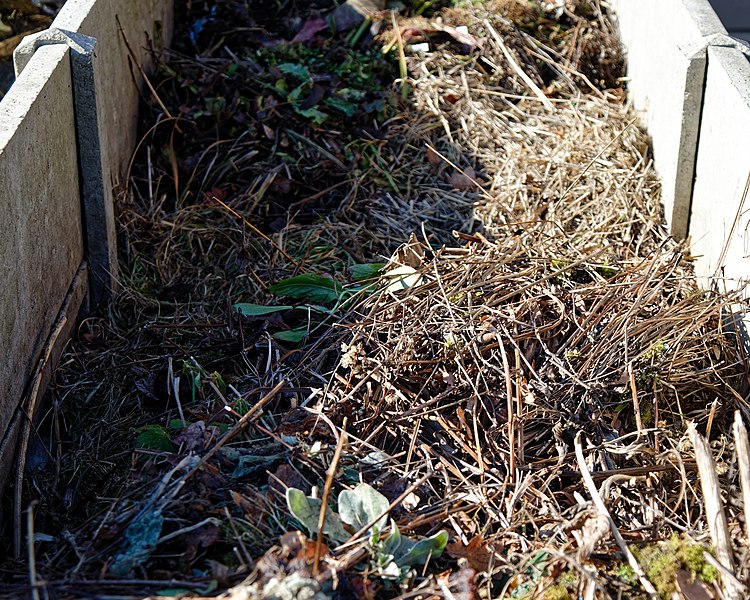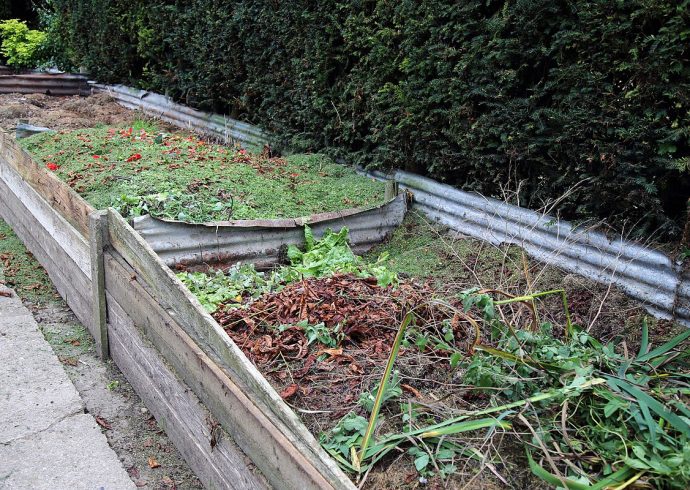
Composting Your Vegetable Garden for the Spring Season
Many people are turning to vegetable gardens for produce with the present state of the economy. It need not be expensive to be able to eat healthy, either, when one grows their own vegetables and fruits right in the backyard. Buying plants or seeds from the local nursery is a great start for growing an organic vegetable garden. By organic, this means that none of the plants must have been exposed to chemical pesticides of any kind. To keep away harmful insects to plants, natural pesticides can easily be used which are commonly found in the kitchen. One of the best things to help your vegetable garden grow well is compost.
Compost enriches the soil to help plants grow well. Many different materials can be combined to make compost, including used coffee grounds, eggshells, leaves, manure, sand, seashells, vegetable and fruit rinds, and tree bark. A note on using rinds when making organic compost: you want to make sure the pieces you use came from organically grown vegetables and fruits themselves.
Compost can be stored inside a container for use, which can then be taken out and mixed in with the topsoil before you plant your vegetable plants and seeds. It is important that the compost is in a finished state rather than a developing state before it is added to the soil. No chemicals should be added to the soil which can effect the plants and vegetables, absorbing toxic chemicals which can then enter your body.
If you decide to use bagged soil that is not topsoil from the nursery, make sure it has not been treated with any chemicals. Spread the soil evenly throughout the area where the vegetable plants will be planted. The layer of soil should be 3″ deep. On top of the soil spread the compost so that it is at least 2″ deep as a layer. Turn over the soil so that the compost is blended in well. Once the soil is well mixed, and loose enough for draining, the plants are ready for planting.
After your vegetable plants are planted in neat rows, permitting enough room for each plant to grow, additional compost can be added at the base of each plant. The compost used on top of the soil does not have to be in a finished state. In this case, a simple mix of vegetable or fruit rind combined with partially decomposed leaves and bark can be spread at the base of the plants. Your plants will be nourished well by the compost, allowing them to grow a wealth of vegetables for your family to enjoy.
Image Credit: Acabashi, CC BY-SA 4.0, via Wikimedia Commons


